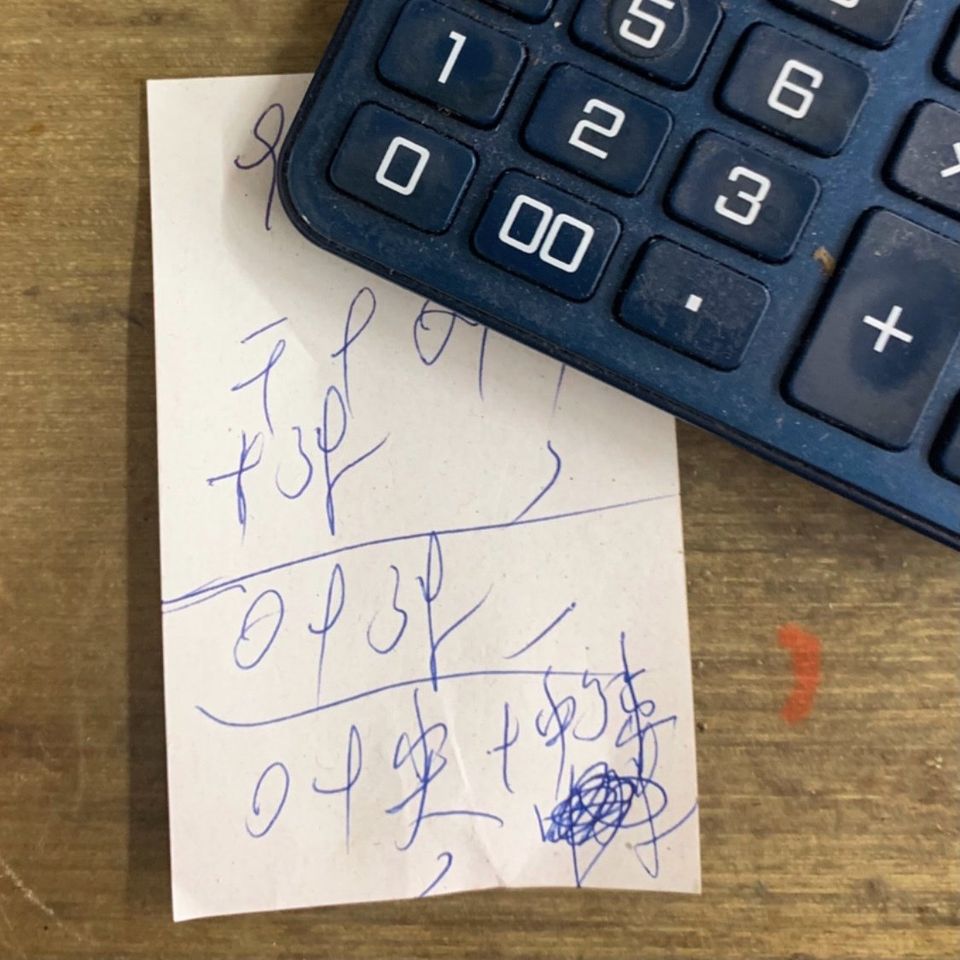FOOD in Hong Kong cannot be missed. ”Culinary capital of Asia” offers thousands of restaurants and cafes, with some of the world’s best delicacies. Once you go out on a night stroll in Hong Kong, the amount of options you have for a quick bite or a full board meal is infinite. On a casual day you can enjoy traditional food in the city’s traditional street eateries, and on special occasions a fancy upscale restaurant can be spotted around the corner.
The language of food in Hong Kong is nothing but diverse, but with a strong virtue of cherishing the essence of its culture and tradition. By examining the locals’ daily meals in Hong Kong, we can easily understand their lifestyles. Food comes in many scenes in our daily lives here in Hong Kong. We talk about food from morning to midnight, post pictures on Instagram to review websites, search and choose restaurants as if picking our partner. Guaranteed - your taste buds will never be alone or bored.
So what’s the food culture in Hong Kong and how does it represent our locals’ lives? Cantonese cuisine is all about - making your own choice, being quick and of course, delicious. In Hong Kong, waiters communicate as if they are spies. Who am I kidding? Hong Kong is all about efficiency. Waiters communicate and take notes to shorten the ordering process. Got milk? 29 is for hot milk, as 2~ hot in cantonese; 9 = nine ~ milk in cantonese. This also shows how Hong Kong culture and the way people communicate are influenced by the west, making Hong Kong a special place for everyone.
The most known Hong Kong dish is dim sum. In most Yum cha restaurants, waiters roll around trolleys full of different dim sum. In other places, you order the dim sum treats off a menu. Usually, it all comes with a main dish such as fried rice, noodles or vegetables. Here again, people get to choose their own board - dish by dish. Even if you dine with your friends, there would be a completely different layout between yours and theirs.
Another example is iced lemon tea, one of the signature drinks for locals. The locals even have a 'code' for this drink. On a hot summer day in Hong Kong, people love to order 0T, a code created from its phonetic similarity of ning (lemon) and ling (zero) and T, of course stands for tea.
The ordering requirements are the followings:
More / less / no sugar (多糖 / 少糖 / 走糖)
More / less / no ice (多冰 / 少冰 / 走冰)
Stronger / lighter tea (濃茶 / 淡茶)
Lemons served separately (檸檬另上)
Even a small drink like lemon tea can involve such a lot of requirements. Locals love to make their own choices, and to give a personal touch.
In a busy city like Hong Kong, a quick bite is extremely important for busy workers and students. On a day when you’re running late but your stomach is growling, pieces of siu mai or fish balls are the way to go. Hong Kong people are renowned for being hard-working and always working overtime. Often young people get off from work late, and then go for a later supper. Small shops or delivery options are open for this sleepless city, where the people work hard and play hard too. Food culture is not only close to life, but also opens new doors and becomes an important channel of cultural communication, helping people understand about each other and the world. Hong Kong’s dishes will definitely open your mouths - careful not to drool - but also your eyes to this exciting city with amazing culture and people.



